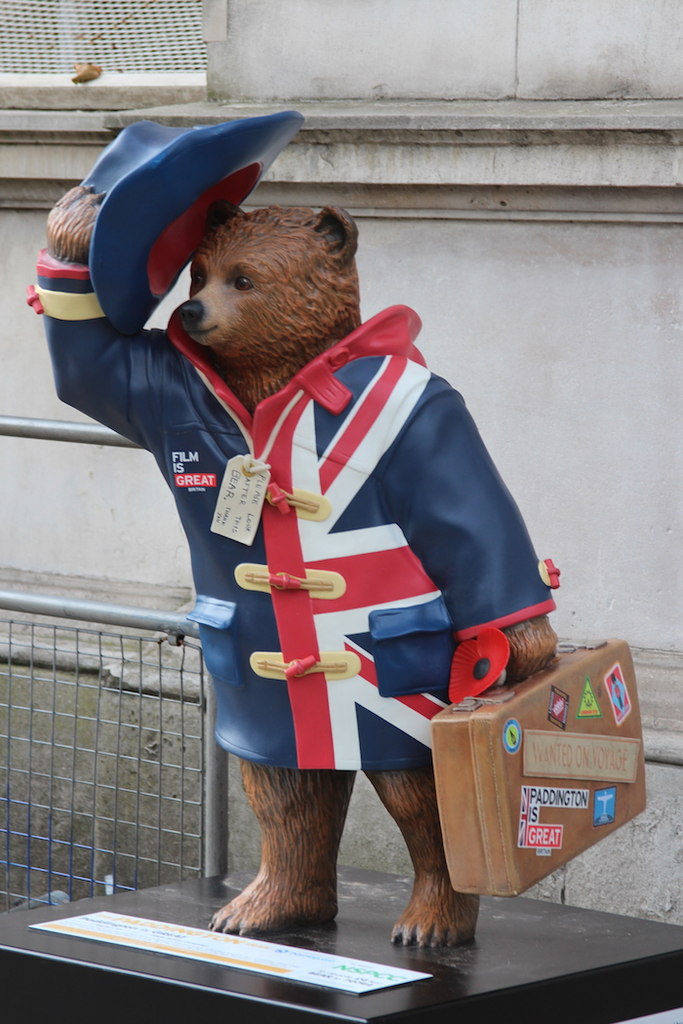Each year, thousands of people worldwide scuttle to New York to grab a piece of the music. The city regularly catalyzes some of the world’s greatest acts, from jazz to house to punk to rap. However, places that used to be home to artists down on their luck, like CBGB or Electric Lady Studios, are now barred from the smaller artists who built them–or they’ve been shut down. The city is more expensive than ever, and communities are slowly disappearing, making it harder for new acts to blossom. How are so many artists seemingly playing shows constantly?
The death of the subculture has been a time-release poison that is killing music inside out with every passing year. The increased prominence of internet aesthetics has reflected the deeper political meaning of the subcultures it attempts to romanticize, thereby reducing involvement in these communities to just a manner of dress. This oncoming thinning has affected musical communities possibly the heaviest, and many subcultures like the punk and grunge movements have dispersed due to the fall of solidarity. Despite this, artists have found a way to persevere. Many live music programs have been created to give small artists space to perform and meet other artists, and in some cases, an artist’s first opportunity to make money off their music. So, if you’re a new artist looking to start gigging in the city and connect with the musical community at large, here are some options for you.
Artist programs work to showcase upcoming acts and give them a safe space to thrive. They usually hold you to a ticket limit, so ask around if this is your first show. These systems will usually make you sign a contract or commitment to attempt to the best of your ability to bring in a certain number of tickets–around 10 to 15.
MajorStage is a good place to start if you’ve never played before. The acts are usually mixed genres without separation or necessarily any organization by genre. The venues are a little obscure, and the friends of the other performers almost entirely make up the crowd. The downsides of small operations like this are the low ticket sales return and the set times. For a $20 ticket, your friends can watch you play a 15-minute set where you make no money until you hit 30. This is certainly not the choice if you want to make money, but if you want a low-stakes venue where you can meet a couple of beginner artists, this is the perfect opportunity.
You can also use Breaking Sound. There is an approval process for this site. However, similar to MajorStage, you’re not likely to be denied. Because Breaking Sound is a popular franchise with many more artists circulating the sphere, they offer more standard venue choices. In terms of community, this is the strongest. Recently, my bandmate and guitarist Zac Honia showcased his trio at a show. The show, at the iconic Pianos, had a much more organized setlist, with acts escalating as the night went on, ramping up to a five-person rock band bringing down the house in a legendary closer. When asked about the value of these artists’ systems, Hoina replied, “I’ve shared bills with bands that I met while playing other Breaking Sound shows…I do have a lot of cons, the sets are pretty short, but it’s a good look to be attached to that. Other artists can see that you are a real and reputable person, and it’s got you playing in venues you might not have gotten in contact with before.” The pricing for Breaking Sound is also much more reasonable, with presale tickets at $15 and door tickets at $20, making it cheaper for a longer set. The nights are hit or miss depending on the venue, so keep a lookout for popular spots featured on the website.
Finally, the most sophisticated program is Sofar Sounds. Sofar Sounds gives both audiences and artists a unique experience by setting them at notable venues and experiences. Sofar has a selection program in which artists must be chosen, and it is highly curated based on genre and ability. Sofar asks for three other performance examples to be accepted, so this is where to go once you’ve graduated from “Breaking Sound University.” At my first Sofar show, a previous America’s Got Talent contestant performed, and the set was incredibly well-rounded and selected for an R&B sound. Each venue is a unique performing experience, with previous venues being rooftops, art galleries, libraries and more. This distinctive edge makes it sophisticated, with a higher return on your money and a higher price stage depending on the venue. The sets are regularly around 30 minutes, allowing you ample time to flourish amongst the curated setlist.
Overall, these stages are the most efficient way to break into the community we have now. There are many pros to playing these shows, but also a few cons. Artist Manager working under the name Danny’s Controller said this about one of his artists’ experiences with it, “There are a lot of loose ends in regards to communication, and the ticket price is too much for quality; small artists aren’t usually expecting a high payout regardless, no reason to have such a high price.” However, If you’re a small artist looking for a way to jumpstart your gigging career, this may be something you can overlook. With consideration for both the pros and cons, these programs are ultimately a space created to enhance new artists, which is a net positive in the New York music community.







